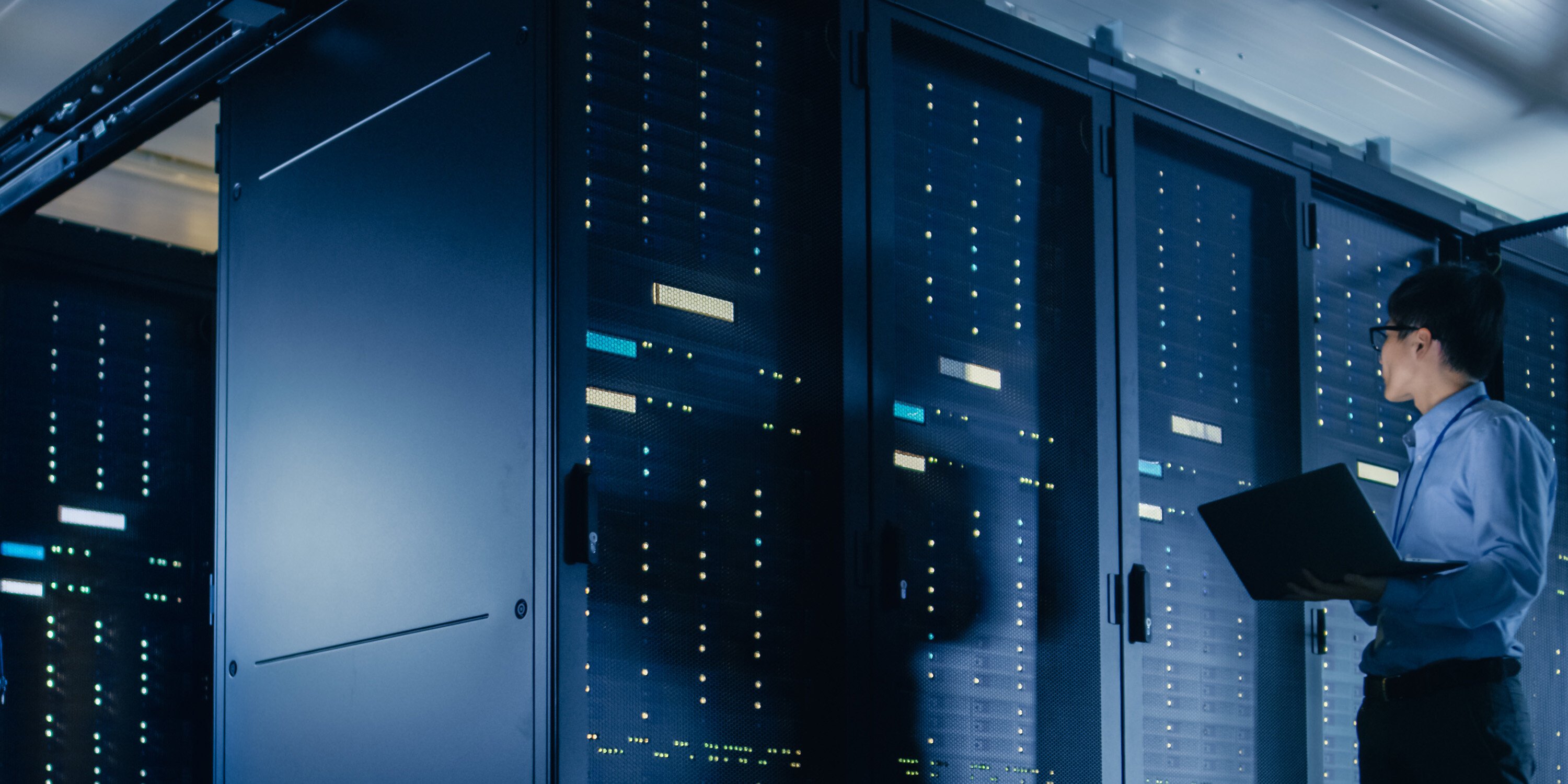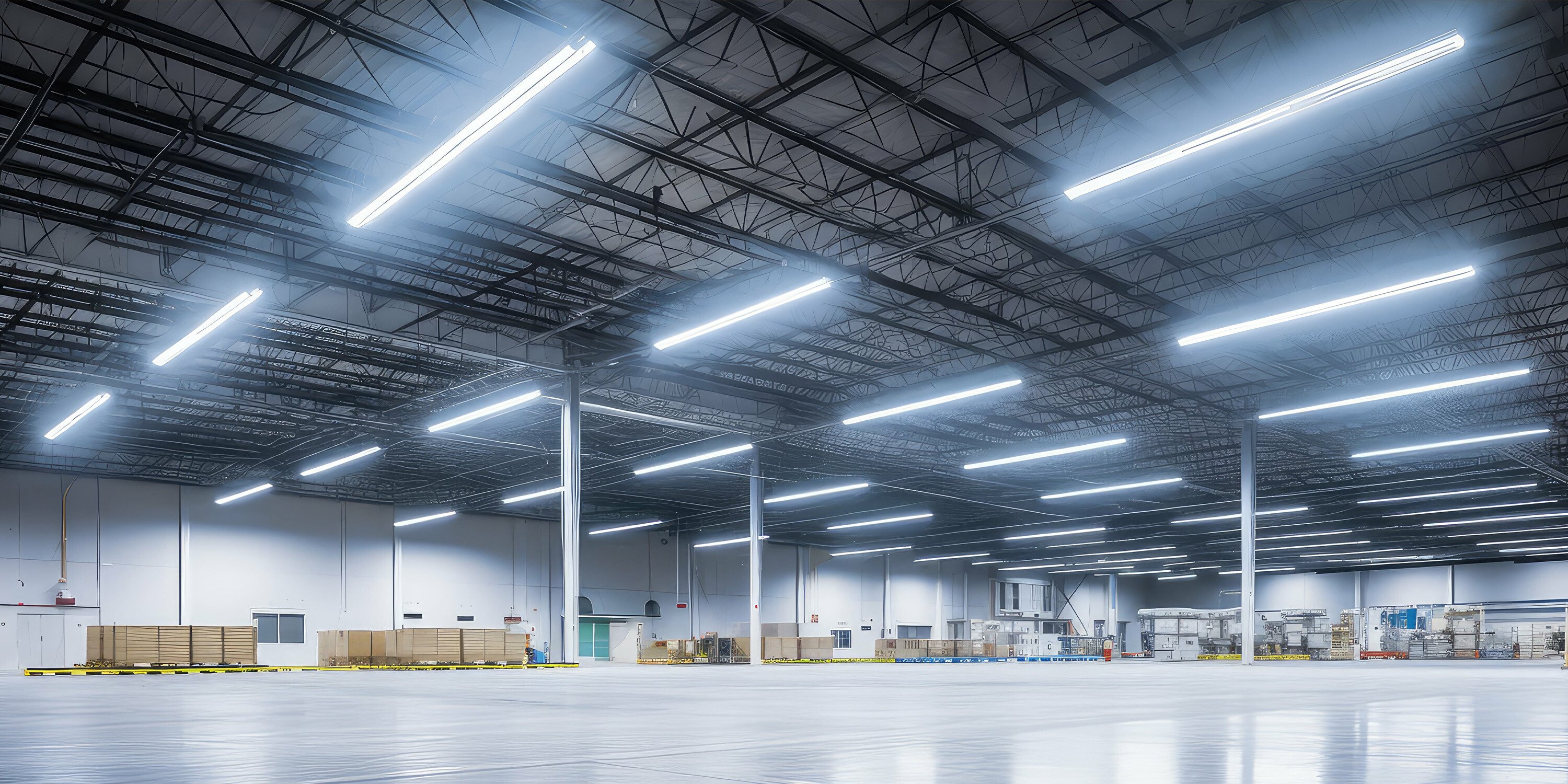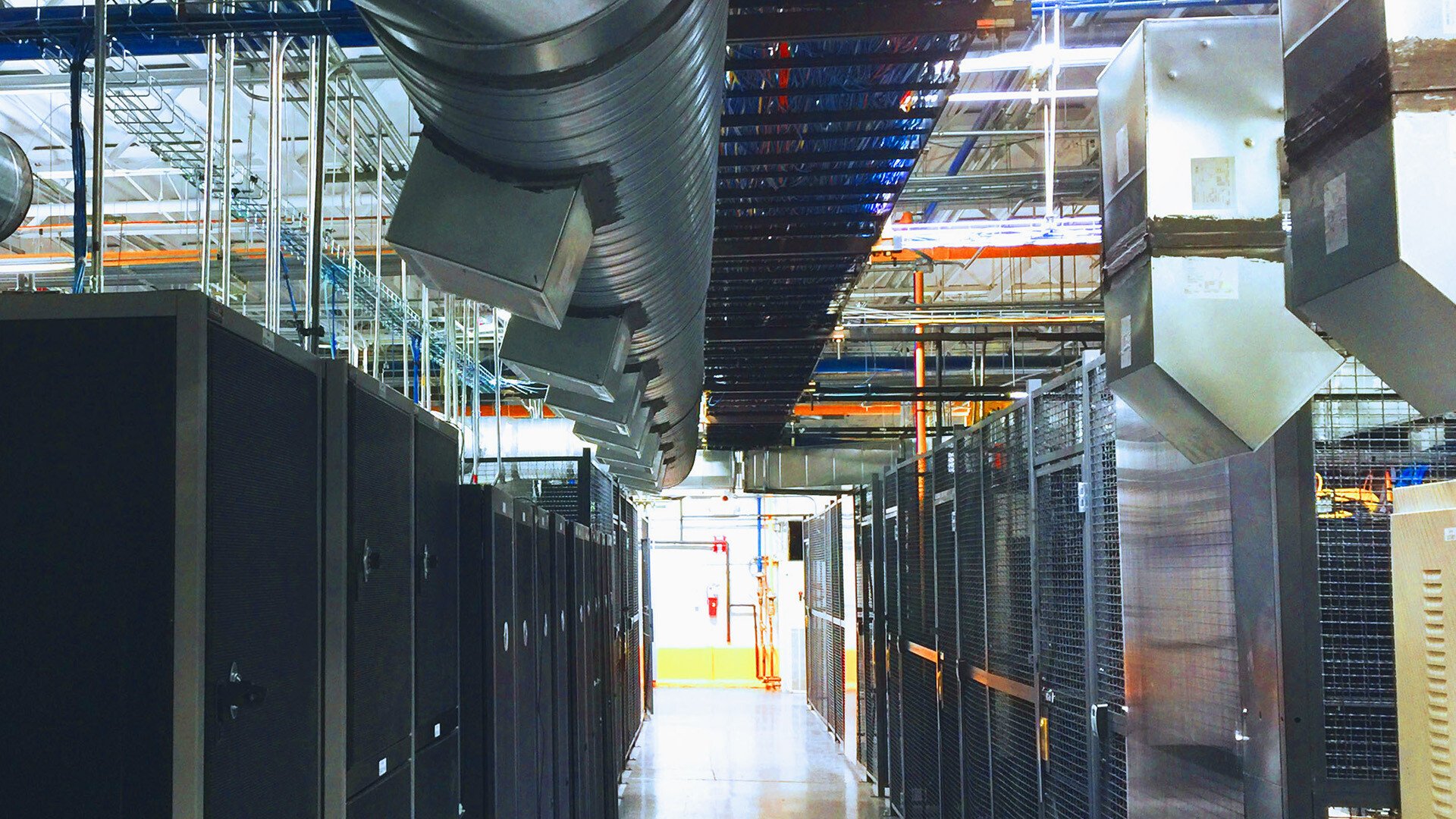Energy Efficiency | December 17, 2019
So How Do Hotel Energy Management Systems Work?
Let’s set the scene: it’s a bitter cold, winter afternoon in Chicago. Snow is blowing in off Lake Michigan and temperatures have hovered at just below 30 degrees for weeks. You arrive for a work conference and check into your hotel. You confirm your rewards account, produce a credit card and get your room key. Gathering your bags and taking the elevator up, you swipe into your hotel room and you’re greeted with a pleasant 65-degree room temperature on its way to 68. You hardly notice, to be honest, since 68 is the standard set for every room in this hotel. What you didn’t know was that prior to your check-in, your room was operating at an energy efficient, if chilly, 60 degrees.
About hotel Energy Management Systems
Controlled by the operations team’s Energy Management System (EMS), every room in this hotel communicates with the front desk’s Property Management System (PMS) which enables the facilities managers to adjust occupancy-based temperature standards. What this means is when the PMS has a room marked as vacant, a preset temperature will be pushed to that room’s integrated thermostat.
Similarly, when a guest checks in and a room is moved to occupied, the EMS sets the thermostat. EMS for hotels typically allow for a “VIP setting” as well, which enables facility personnel to extend the preset temperature range for a VIP guest or override the presets. While the PMS to EMS integration can be hugely beneficial to hotel operations, the EMS can also integrate into a larger hotel BMS or even franchise-wide system.
This is the subtle – but powerful – control made available when the PMS talks to the EMS.
In the example above, the room’s initial temperature set point was 60 degrees. When that room was marked to occupied, as the guest checked in, the temperature started to climb. By the time the guest arrived in his room, the thermostat had risen 5 degrees and was on its way up to hit the 68 degree preset. To maintain efficiency, the thermostat’s range will remain within 8 degrees.
Annual energy cost per hotel room
While the example above is a hypothetical scene, it’s happening for hundreds of hotels across the country who are upgrading their systems to improve controls and gain consequent energy savings. An often-cited fact from ENERGY STAR quotes the average annual cost per room for American hotel energy use as $2,196. The cost-savings benefit of energy efficiency is undeniable. “A 10 percent reduction in energy consumption would have the same financial effect as increasing the average daily room rate (ADR) by $0.62 in limited-service hotels and by $1.35 in full-service hotels,” continues ENERGY STAR.
How to decrease hotel energy consumption
There are many tactics hotels and hospitality facilities can take to lower energy use, including LED lighting retrofits and HVAC upgrades. Energy Management Systems provide control over these other systems for additional efficiencies. When Property Management Systems (PMS) communicate with Energy Management Systems (EMS), granular control is at your fingertips.
Related Posts
Discover more content and insights from Mantis Innovation

The Cost of Inaction: Why Businesses Should Act Now on Energy Efficiency
In today's fast-paced business environment, the financial and operational losses businesses incur by delaying energy efficiency improvements, the "cost of inaction," is more relevant than ever.

In today’s AI era, human intelligence is the key to data center facility and energy optimization
Nowhere else in modern industry do artificial and human intelligence converge with such transformative potential as in the world of data centers. As AI's extraordinary growth accelerates demand for

Your Guide to LED Lighting for Business and Commercial Buildings
Never to be underestimated, LED lighting and well-designed lighting retrofits and upgrades offer businesses big improvements like reduced energy costs, reduced emissions, and improved working

Five Trends Driving Data Center Facility Energy Optimization
Today’s digital economy, commercial and industrial digitalization, and the recent explosion in artificial intelligence and machine learning (AI/ML) powered computing are driving massive growth in